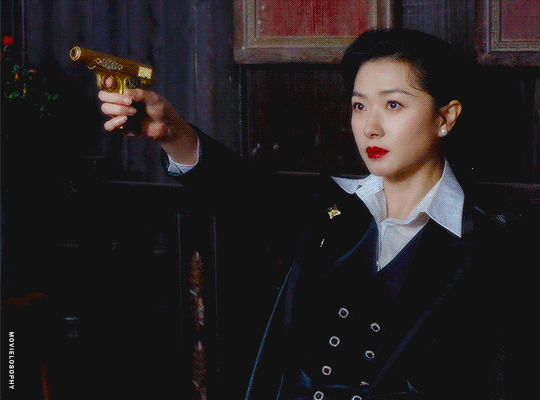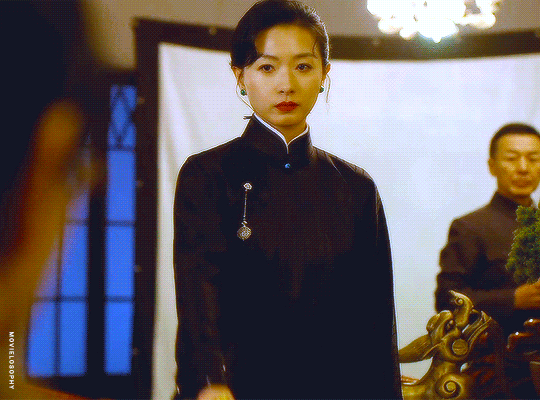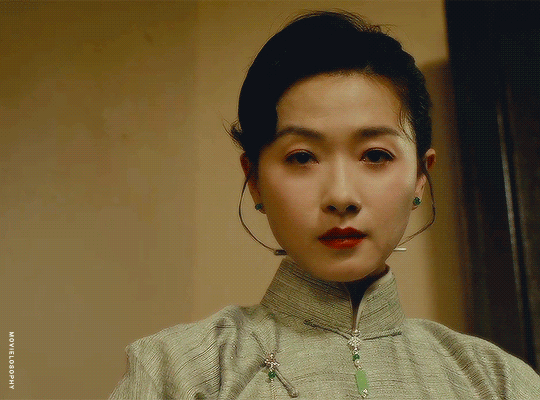Niniane, 28, French writer. Women's history, cdramas, games, art, books and whatever takes my fancy. Byzantine history enthusiast.LadyNiniane on AO3.
Don't wanna be here? Send us removal request.
Text

— Sylvia Barbara Soberton, The Forgotten Tudor Women: Margaret Douglas, Mary Howard & Mary Shelton
21 notes
·
View notes
Text
Everything Anna Komnene (allegedly) did was also done by Manuel. The Komenos dynasty was the closest thing to a feudal dynasty the Roman Empire ever had, and the eastern Romans were well known for their conspiracies. Of course she might conspire against her relatives for the throne.
People should be less prone to criticize the person who's work is perhaps are greatest primary source into the rule of Alexios I, the first crusade from the Roman perspective, as well as the Roman Empire as a whole during the late 11th century.
4 notes
·
View notes
Text
youtube
Builders of Arta - Farya Faraji
5 notes
·
View notes
Text

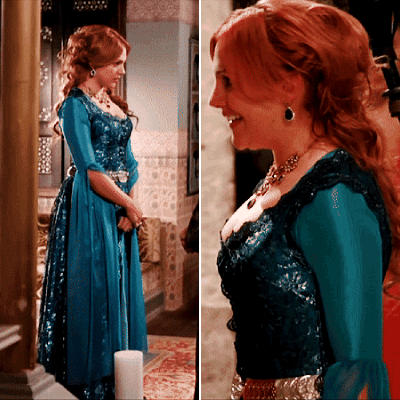

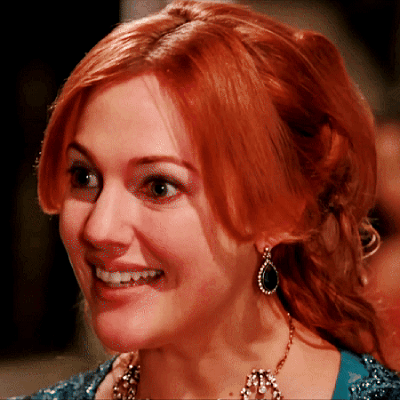
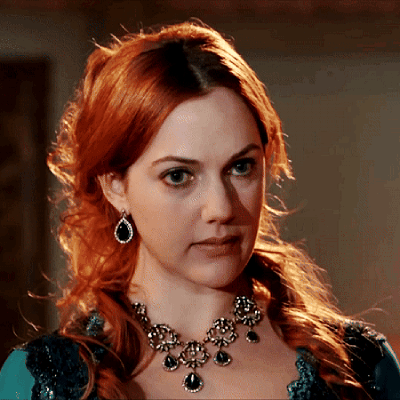
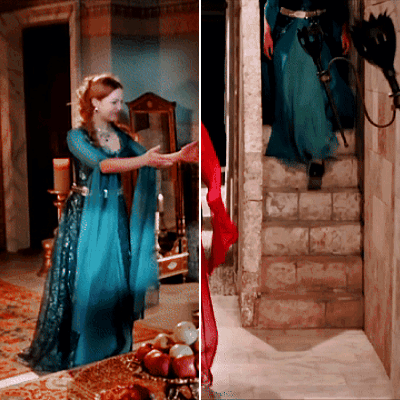
FAV FITS: HÜRREM'S SAPPHIRE KAFTAN
Featured In → Magnificent Century: Episode 46 Description → Hürrem's turquoise under-gown with an embroidered sapphire kaftan. Featuring diaphanous turquoise sleeves, petticoat and fishtail gold belt, with silver and sapphire earrings paired with a matching necklace. Is also shown in the promotional stills for the season.
46 notes
·
View notes
Text
Like, I know this is not so strong in my case because I'm a fairly feminine woman so I am not at the edges of "womanhood" (aka what is allowed to be called "womanhood") in any way, and of course I don't feel the pressure as strongly as masc women do, but I feel really sad about the fact that people are so into gender roles nowadays. As a kid I was obviously very aware that gender roles were bullshit because I was a girl and I knew I was intelligent and strong and capable and that the idea that there was some innate difference between me and boys was stupid to me. Because I was a girl who had been taught about her own value (thanks mom and dad) so there was never any disconnect between "girl" and "human" to me. But the thing is, I thought everyone realized that!
Yes, there were the aesthetic pressures (tho again, they weren't as painful for me because I did like princesses and pink stuff) but none of that ever made me felt less human, less intelligent, less capable, it only hurt me knowing that women and girls were valued more for their beauty but knowing that this was something deeply unfair! Because again, I was fully aware that I was a human deserving of respect and my body or having "girl" or feminine pronouns attached to me did not change that at all. I never found it to be incoherent or weird to pair up "girl"/"woman" with "capable human complex person who can do and be absolutely anything she wants to be".
Of course, I grew up in the 90s and early 00s and on TV "girl power" was very emphasised, not just with girls who presented more "masculine" traits (read: were active, did not care for beauty standards or girly stuff, were assertive and brash) but also with girls who were fairly typically feminine (there were mean girls but the collective gaslighting that went on ten years ago about how all femininity was villainized in fiction was a straight up lie, people simply conceived of "femininity" as "cattyness and/or brainlessness" which says a lot more about them than it does the shows/movies/books they were actually criticising).
Point is, I grew up knowing that there were many ways to be a woman or girl, whether one was a tomboy or not, whether one was active or smart and it makes me very sad that a lot of people grew up with the same media and messages I did as a kid but got the completely wrong message.
I never got the idea that tomboy characters hated womanhood, I could see that they were struggling with what girls were forced to be and I understood that and found it just as unfair because I struggled with it too! But I didn't think the problem was "being a girl" but rather "what other people want girls to be in spite of who we really are". I never got the message that girls who liked pink and princesses were stupid or not brave, because I liked pink and princesses and I was the smartest person I knew but also so were many fairly feminine characters! The girly girl being the smart one of the group vs the more tomboyish girl being the rowdy one is like, a whole ass troupe. (I wasn't tomboyish in the aesthetic sense but I was very aware of my own intelligence which is why I found the idea that any boy or boys in general could be smarter than me to be something absolutely appalling. To this day, I find nothing more humiliating than ceding intellectual ground to a man.)
And sure, I was lucky that I grew up in that era of girl power, and that I was able to be a fairly "feminist" child because my parents were always fairly progressive. I'm lucky that I started reading up on real, actual feminism before everyone started hating on it. And most of all, I'm lucky that I'm a lesbian so that I don't have to concern myself with men's opinions on my personal life or appearance, or even have many men in my life at all. I'm lucky because I never had to be in a situation where I found any incongruence between the concept of "woman" and the concept of "human".
But I'm also... deeply, deeply sad, because not everyone got to have that experience and in fact now mentioning that gender roles are insane, women are actually just human, you don't need to sacrifice either body or mind or self to what society wants you to be, you can just be, is seen as something strange and ridiculous, laughable even.
There's nothing about any body or any word that interferes with your humanity. You can seriously just be.
30 notes
·
View notes
Text
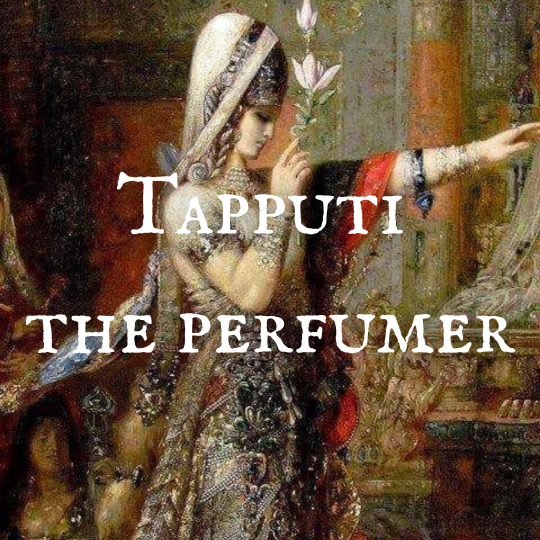
"Remarkably, two perfume recipes from the Middle Assyrian Period (roughly 1400–1000) were attributed to the expertise of female perfumemakers. Of the two texts, only the one translated here preserves a colophon in full. According to this colophon, the compilation of recipes for making perfumed “canus” oil are said to have been dictated, “according to the mouth” of Tapputi-belet-ekallim, the female perfume-maker (Akkadian muraqqitu).
What “according to the mouth” means with regard to the question of authorship can be debated. For example, the colophon was previously translated as “copied on the command of Tapputi-beletekallim.” However, considering that her profession is explicitly mentioned, it rather seems that the literal translation would fit better: according to the tablet, Tapputi-belet-ekallim is recorded as having dictated the recipe, which was then written on a clay tablet and baked by a scribe. Middle Assyrian perfume recipes were found within a mixed archaeological context preserving both Middle Assyrian and later Neo-Assyrian clay tablets. Nevertheless, an exact date for the text can be found in the colophon, which dates the text to the fifth regnal year of king Tukulti-Ninurta I (whose reign is conventionally dated to 1244–1208): “month Muhur-ila¯ni on the 20th day; the eponymate of Šunu-qardu rab šaqê.” In other words, the text most probably dates to the year 1239 BCE.
As a genre, manuals are unified by a common linguistic register, characterized by conditional clauses and the use of second-person verbs that instruct an anonymous doer (“you”) to make a certain product or reproduce a particular expert skill. One of the principal goals of manuals is to transmit expert knowledge by means of step-by-step instructions. The transmission of expert knowledge via manuals, however, presents a number of compelling and complex questions regarding the nature of technical knowledge itself, its value for cuneiform intellectual societies, and the efficacy of transmitting “hands-on” knowledge by means of texts. Questions may also be asked of particular manuals, such as this one’s unusual attribution to a female perfume-making expert."
Women's Writing of Ancient Mesopotamia: An Anthology of the Earliest Female Authors, Charles Halton, Saana Svärd
49 notes
·
View notes
Text

Hen and Chicks by Yamaguchi Okatomo, mid- to late 18th century
Masterpieces of Japan on Twitter: Source
11K notes
·
View notes
Text

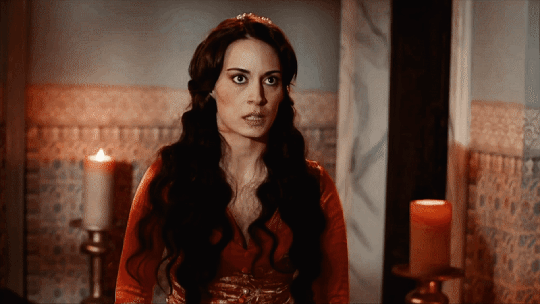

MELISA SÖZEN AS EFSUN HATUN
perhaps you will be a great woman like [...] me; [or perhaps] you will be like all women; uneasy in the world of men.
23 notes
·
View notes
Text
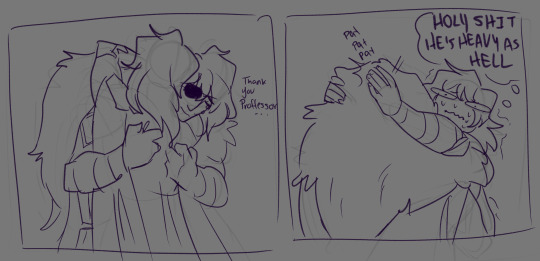
missing bit from the rain scene
243 notes
·
View notes
Text
no character or plotline will ever fully explore an issue from every point of view, and that's okay. art can and should be a starting point for a discussion rather than seen as a 'one size fits all'. each and every person who experiences a story will see it in a different way, will pick up on things that someone else didn't, and might find a viewpoint that speaks specifically to them that even the creator themselves didn't intend.
art is a conversation, not a textbook. it is not supposed to tell you a fact, but rather show you an inkblot test and ask what you see.
3K notes
·
View notes
Text
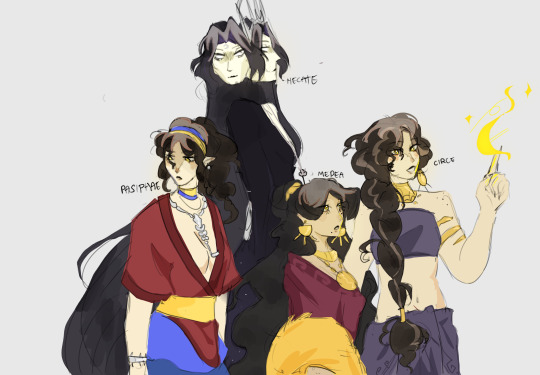
the badass sorceresses of greek mythology
139 notes
·
View notes
Text
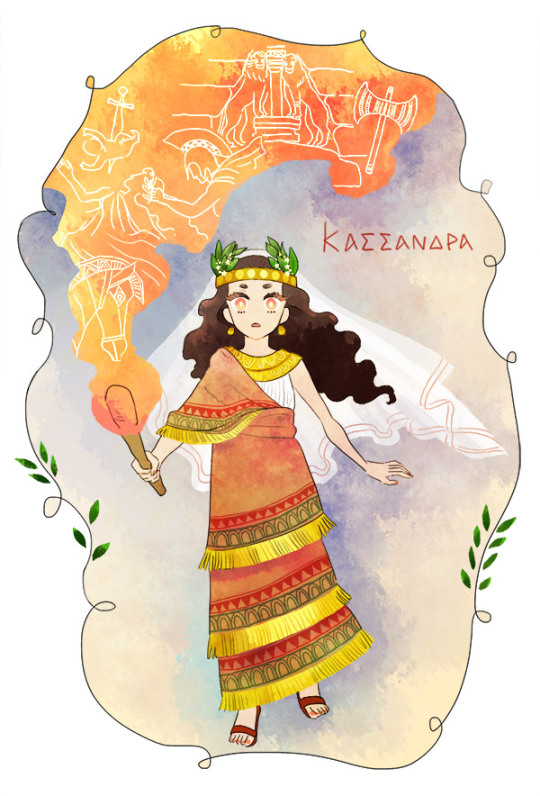
The prophetess Kassandra, one of the daughters of King Priamus and Queen Hekuba of Troy and one of the most tragic characters in the Trojan cycle
Art by Sato Futaba, author of the historical mangas "Utae, Erinna!" and "Anna Komnene"
10 notes
·
View notes
Text
We must do everything in our power to eradicate Mormonism.
25K notes
·
View notes
Text
It's still so incredibly twisted how if a woman doesn't wear makeup or has "masculine" interests (which is a stupid concept on its own) people not only attack her and assume she only does that to appeal to men* but also act like they're being feminist for doing so.
If anyone at all should be getting called a pickme I could at least understand if it was misogynistic tradwives or something, not just women who don't fit in with gender conformists.
*A lot of men seem to actually prefer it when women wear makeup and act "feminine" actually. That's the gender role that gets enforced.
2K notes
·
View notes

